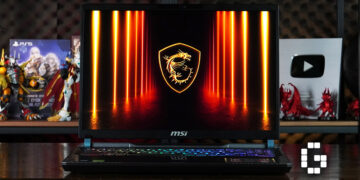With the ROG Ally coming out sometime in July, we had the opportunity to speak with Wong Ding Chuen the designer of the ROG Ally, as well as Andrew Chan the Senior Manager, PR & Marketing (Systems Division) at ASUS in an interview.

Wong Ding Chuen has over 10 years of product design experience across several companies such as Singapore electric vehicle startup Skev Motors, and design agency Next of Kin Creatives, before eventually becoming a Senior Industrial Designer in ASUS. Meanwhile, Andrew Chan is a technology market specialist with experiences on different sides of communications, which led him to his current position at ASUS as a Senior Manager for Public Relations and Marketing for over 7 years.
Grips and Accessibility
We started the interview off by asking Ding Chuen about the ergonomics for the grips on the ROG Ally, and he revealed that in the development process, ASUS conducted many rounds of having gamers test their various forms of habitual grips while handling any sort of handheld consoles.
 “From the start of the project we explored various scenarios that people will use the Ally in: like sitting down, lying down on the sofa, etc. And, it was a very “iterative” process. Every time we created a draft model – either from foam or 3D printing – we would always get people to try them for comfort, and everybody was pretty excited with each new prototype.
“From the start of the project we explored various scenarios that people will use the Ally in: like sitting down, lying down on the sofa, etc. And, it was a very “iterative” process. Every time we created a draft model – either from foam or 3D printing – we would always get people to try them for comfort, and everybody was pretty excited with each new prototype.
With each new iteration, the project team would come together: Product managers, engineers and software specialists – many of whom were “pro” gamers with others being more casual gamers. And all would provide their feedback about their grip preferences which we would then feed back into the refinement of the design.”
Ding Chuen also mentioned that there were many variables to take into account, such as how you rest your palms while handling the Ally, the placement of the joysticks, and such. So there was no easy way to go about catering for all scenarios; and that the team went through many testing sessions until everyone was satisfied.
In addition, most of the verbal feedback from the handheld games community mentioned that users tend to prefer a “docked” mode – with the device connected to power, with video output to a monitor and with a wireless controller; as compared to using it handheld.
The Battery Balance
“When it comes to the balance between the chassis size and weight versus the battery capacity, I think it really depends on the user scenario and what kind of habits or playing styles you have.” said Ding Chuen.
“I mean obviously you’re going to get a handheld device. Our battery is similar to the Steam Deck. That being said, a user will probably not play continuously for 8 hours to 10 hours on it. Many would play it while waiting during activities like commuting or at night. For example, a father I spoke to recently said he would play on his handheld console for 45 minutes to an hour, which is sufficient for the device to be charged in between such periods of use.” he concluded.
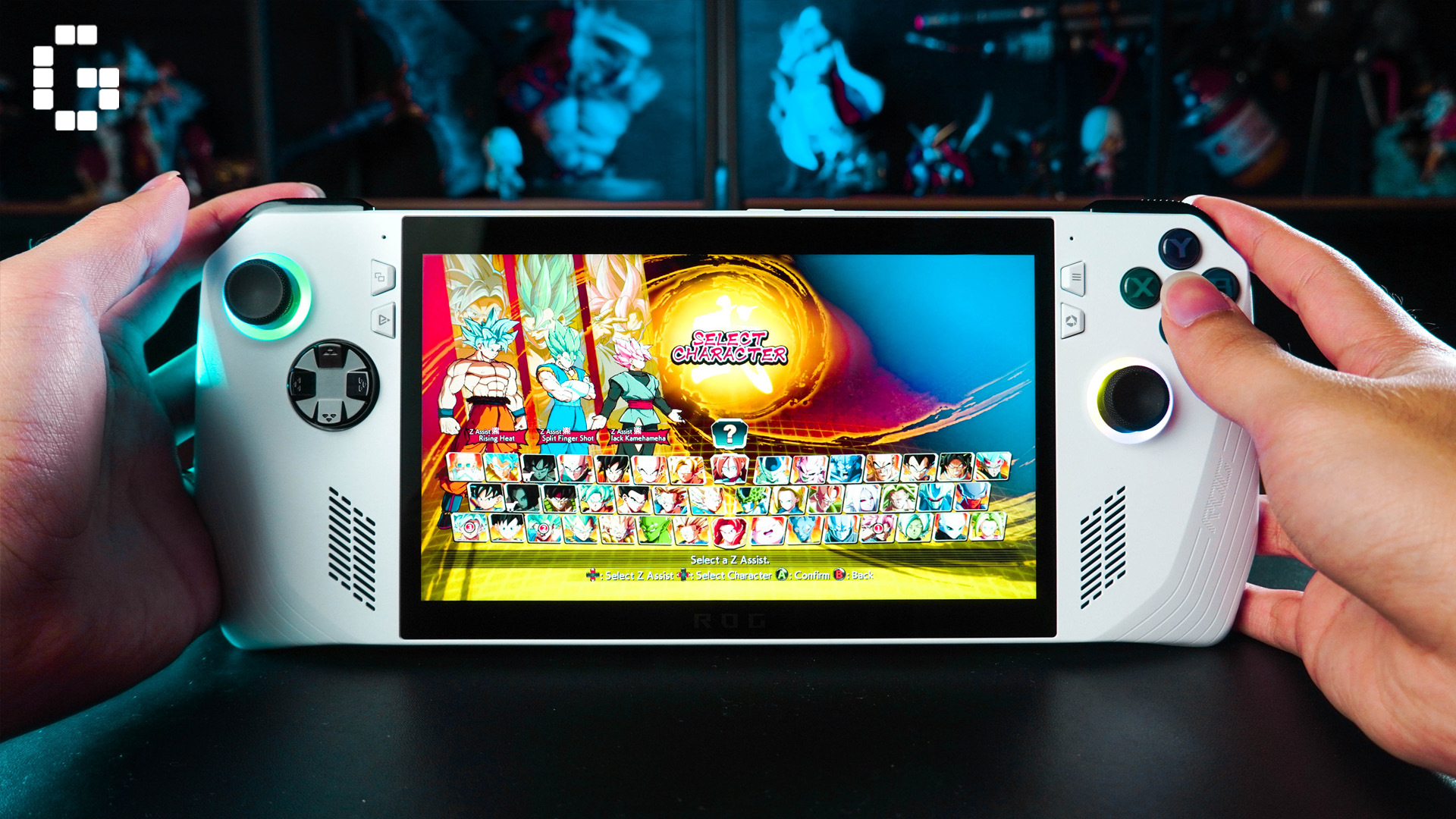 Ding Chuen also talked about the Armoury Crate program that allows users to control various options, such as frame rate limits, to extend playing time. He also brought up the fast charging time of the ROG Ally and the multiple modes such as Turbo and Performance modes, which ROG hopes to encourage people to play more on the go.
Ding Chuen also talked about the Armoury Crate program that allows users to control various options, such as frame rate limits, to extend playing time. He also brought up the fast charging time of the ROG Ally and the multiple modes such as Turbo and Performance modes, which ROG hopes to encourage people to play more on the go.
Convenient Software Settings – The Key to Battery Balance
The battery life is probably one of the biggest concerns people would have when it comes to handheld devices. We asked Ding Chuen how ROG found the balance between the battery life of a compact device and wanting people to play for long periods of time.
He mentioned: “Again, we have to evaluate the device as a whole. The size of it matters a lot for ergonomics and portability, but with this size comes some challenges for the grip size and also for the battery capacity. “
When we were designing these aspects, the most interesting behaviour that we noticed is that people kept looking at the settings. Like how the Steam Deck provides an optimal set of settings for a particular game to allow users to play it for a longer period within an acceptable performance range.
So we concluded that it was really all about the software and how easily one can control the settings to suit their playtime and playstyle. Let’s say you have a 2 hour journey; you can tweak the settings to provide more battery life. But say you only have a one hour journey, you can then afford to turn on the turbo mode for better performance.”
 Ding Chuen says that Ally allows users to quickly tweak their settings – which is unique to a handheld device, and that the key was to provide convenient access to quickly modify these settings.
Ding Chuen says that Ally allows users to quickly tweak their settings – which is unique to a handheld device, and that the key was to provide convenient access to quickly modify these settings.
Thermal Management
Another question we brought up was about heating, and how that was the number one concern for players when playing AAA titles, and if ROG made any special design considerations to make sure people would not feel too uncomfortable when it started heating up.  “I think our thermal team did an excellent job. In fact, I think ASUS has one of the best thermal design teams in the world. We are very careful where we place our suction vents and the vents that expel heat. So for the Ally, we direct exhaust away from the vents and through the top in a diagonal airflow to make sure that the heat does not reach the handle area.
“I think our thermal team did an excellent job. In fact, I think ASUS has one of the best thermal design teams in the world. We are very careful where we place our suction vents and the vents that expel heat. So for the Ally, we direct exhaust away from the vents and through the top in a diagonal airflow to make sure that the heat does not reach the handle area.
And I think we were quite successful. When I play the Ally, I don’t feel the heat until I touch the top. Although it is quite hot if you intentionally touch that area, I totally didn’t notice it when I was playing.
So in a way, you could say that the actual play experience is prioritised. You can’t stop the device from getting hot, but you can stop it from burning someone’s hands while playing.” said Ding Chuen.
Final Design of the ROG Ally
We asked Ding Chuen whether there were any ideas that the team wanted to incorporate but ended up missing from the final version, and were there any ideas that had to be cut at the last minute.
 Ding Chuen said that there were many ideas but in the end, it still depended on what they felt users needed and how ROG prioritised the weight and overall experience. For example, the idea of incorporating a kickstand was dropped in favour of achieving the weight target which they felt was a bigger priority.
Ding Chuen said that there were many ideas but in the end, it still depended on what they felt users needed and how ROG prioritised the weight and overall experience. For example, the idea of incorporating a kickstand was dropped in favour of achieving the weight target which they felt was a bigger priority.
And with the second part of our question, Ding Chuen said that there weren’t any last minute cuts as the development process was really well planned and most of the evaluation process occurred during the early stages. He also mentioned something interesting about a “Version 2” of the ROG Ally.
“We are looking at market feedback now and definitely, the things people are saying about the Ally. We have to do our own homework to filter out real users rather than just everything on the web which is a free for all and often, you can’t understand their context and why they’re saying certain things. I think this is a start of something new for ASUS and definitely something we continue to pioneer.
On that note as well, I think because when you’re dealing with the PC community, there’s always the question of modability, like this community is something that loves to personalise their devices, so in future we can consider mods or replaceable parts on the ROG Ally.”
 Andrew Chan chimed in by saying that modifying consoles with 3D printed parts or using third party controllers are commonplace among enthusiasts. But as a global product, the Ally has to appeal to all sorts of gamers. And as a company, ASUS can’t allow everyone to open up the device and start modifying the joysticks.
Andrew Chan chimed in by saying that modifying consoles with 3D printed parts or using third party controllers are commonplace among enthusiasts. But as a global product, the Ally has to appeal to all sorts of gamers. And as a company, ASUS can’t allow everyone to open up the device and start modifying the joysticks.
Andrew also mentions that modding the Ally will void the warranty as ROG officially doesn’t support 3rd party. But as the Ally gains popularity, there should be more people modding it.
Andrew also said that everything about the Ally has the fingerprints of ROG, from the cooling system to the cooperation with big partners like AMD and Microsoft. He says that it took a brand like ROG to work with such big partners to make this device become reality for the mass market.
Ding Chuen continued by saying from many perspectives, because of a brand like ROG they were able to have business partnerships with AMD, Microsoft and Best Buy that allowed them the confidence to do customisation and modding a PC into a handheld form.
VR Compatibility
 VR Games are certainly gaining popularity within the gaming community, with titles such as Half-Life: Alyx and the more recent Horizon Call of the Mountain. With that in mind, we asked Andrew and Ding Chuen if the ROG Ally would be compatible with VR.
VR Games are certainly gaining popularity within the gaming community, with titles such as Half-Life: Alyx and the more recent Horizon Call of the Mountain. With that in mind, we asked Andrew and Ding Chuen if the ROG Ally would be compatible with VR.
Ding Chuen said that given that the ROG Ally is a Windows device, the handheld would be compatible with VR. Andrew continued by mentioning that current immersive VR titles require very high processing power, and that it would strain the battery of the Ally if you attach a headset on it. He said that looking at the current state of technology, they don’t expect the VR to be run as a totally wireless handheld gaming experience yet.
We would like to thank both Wong Ding Chuen and Andrew Chan for taking the time to answer our questions about the ROG Ally. As of time of writing, there has been no exact release date for the ROG Ally, aside from a July release window.
Additionally, we also had the chance to try out the ROG Ally, and if you’re interested in our thoughts do check out our review here.






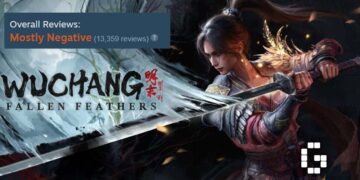
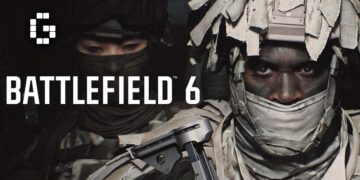
![[GUIDE] Ragnarok Crush Codes & How to Redeem Them](https://cdn.gamerbraves.com/2025/07/GUIDE-Ragnarok-Crush-Redem-Code_Guide_FI-360x180.jpg)


![[EXCLUSIVE] Creative Masterminds from Gearbox Software Reveal What Makes Borderlands 4 Worth the Wait](https://cdn.gamerbraves.com/2025/07/Borderlands-4-at-Bilibili-World-2025_Interview_FI-360x180.jpg)


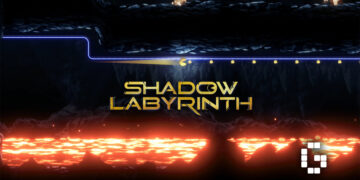

![[ASIA EXCLUSIVE] Bringing Back a Classic: Inside the Making of FINAL FANTASY TACTICS – The Ivalice Chronicles](https://cdn.gamerbraves.com/2025/06/FFT-Ivalice-Chronicles_Interview_FI2-360x180.jpg)











